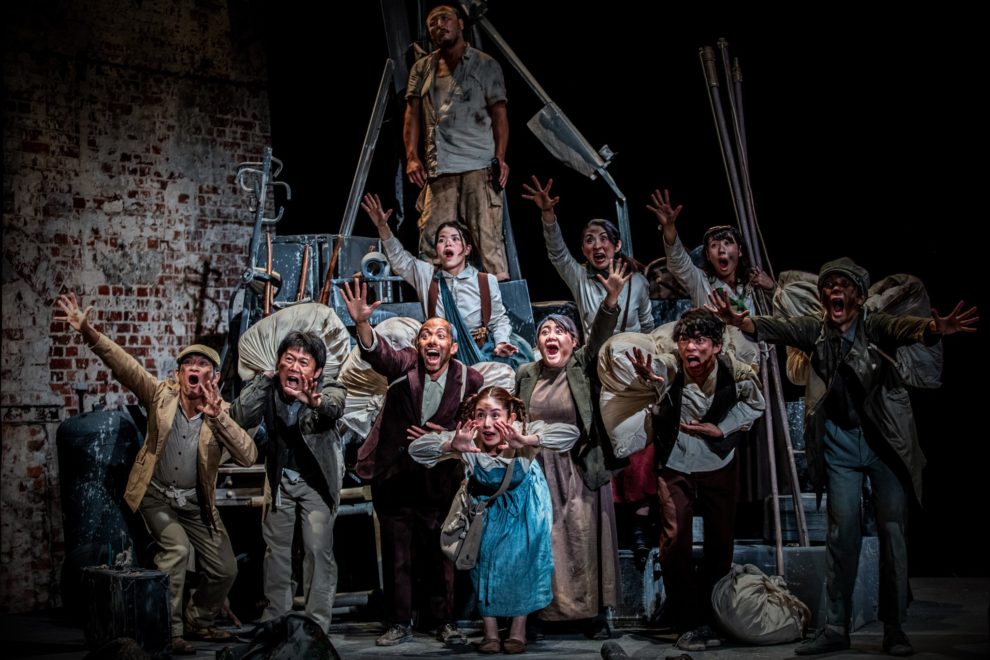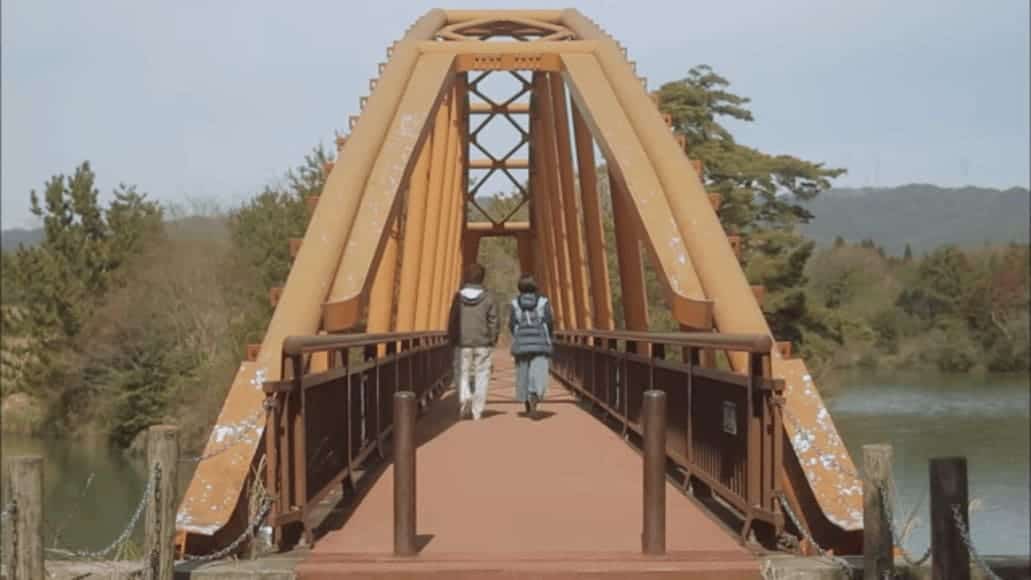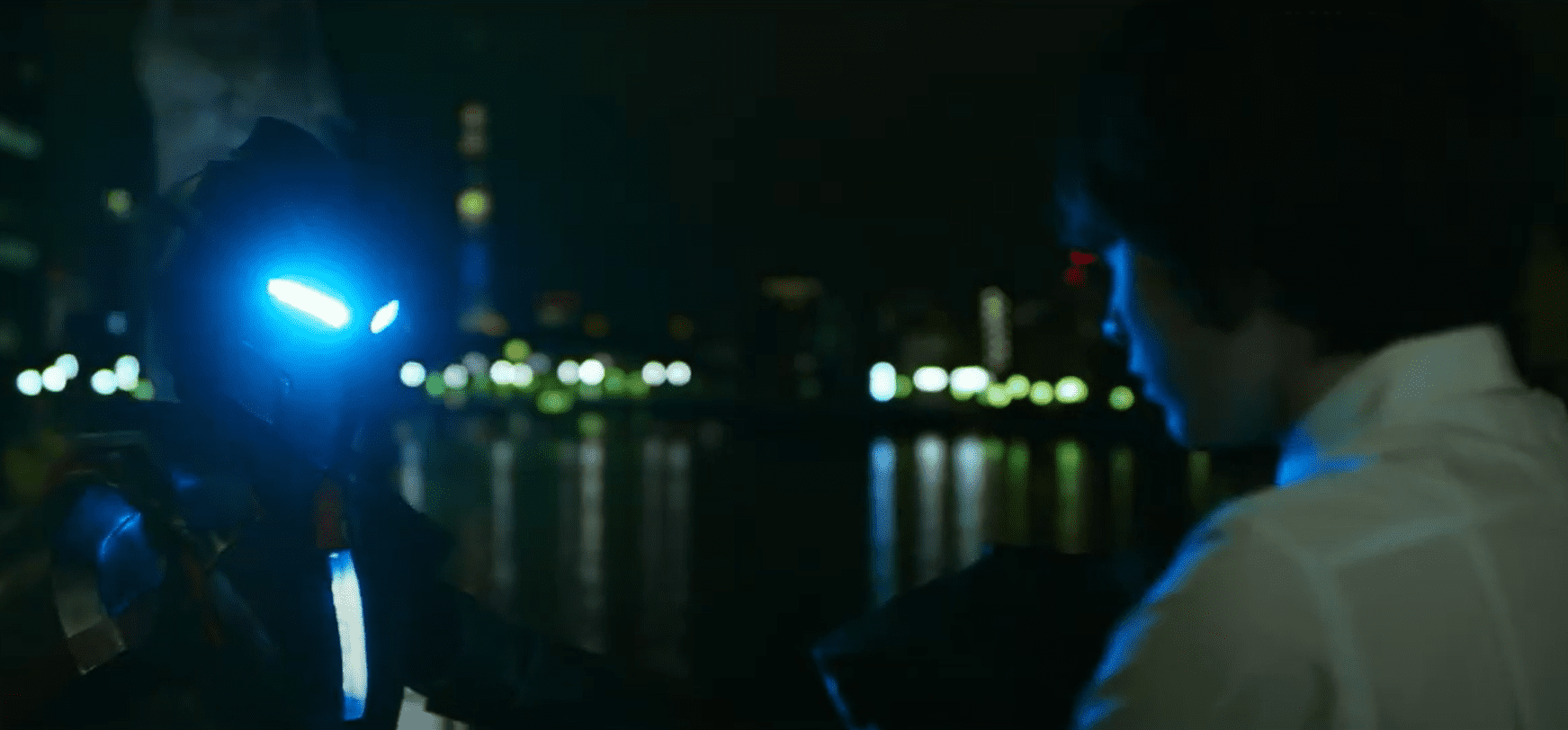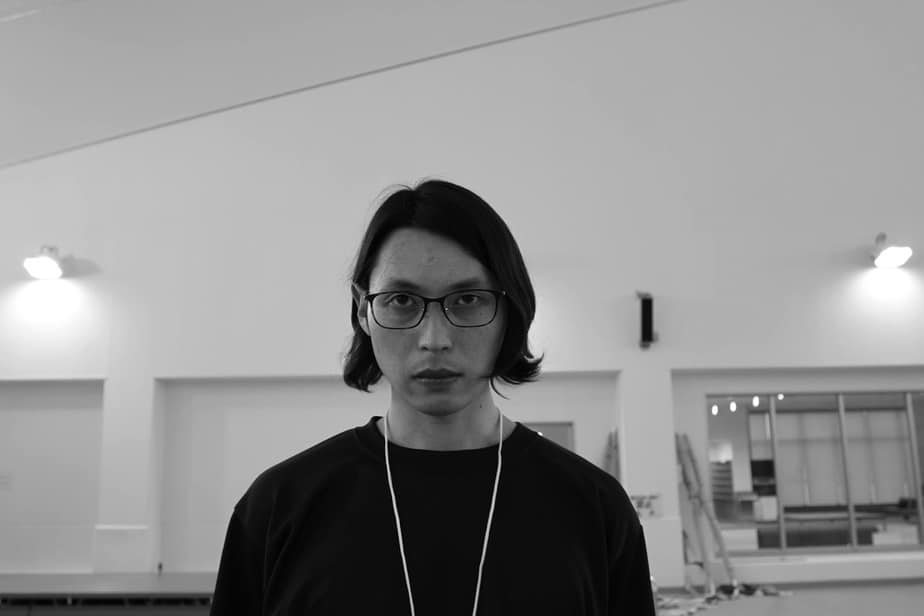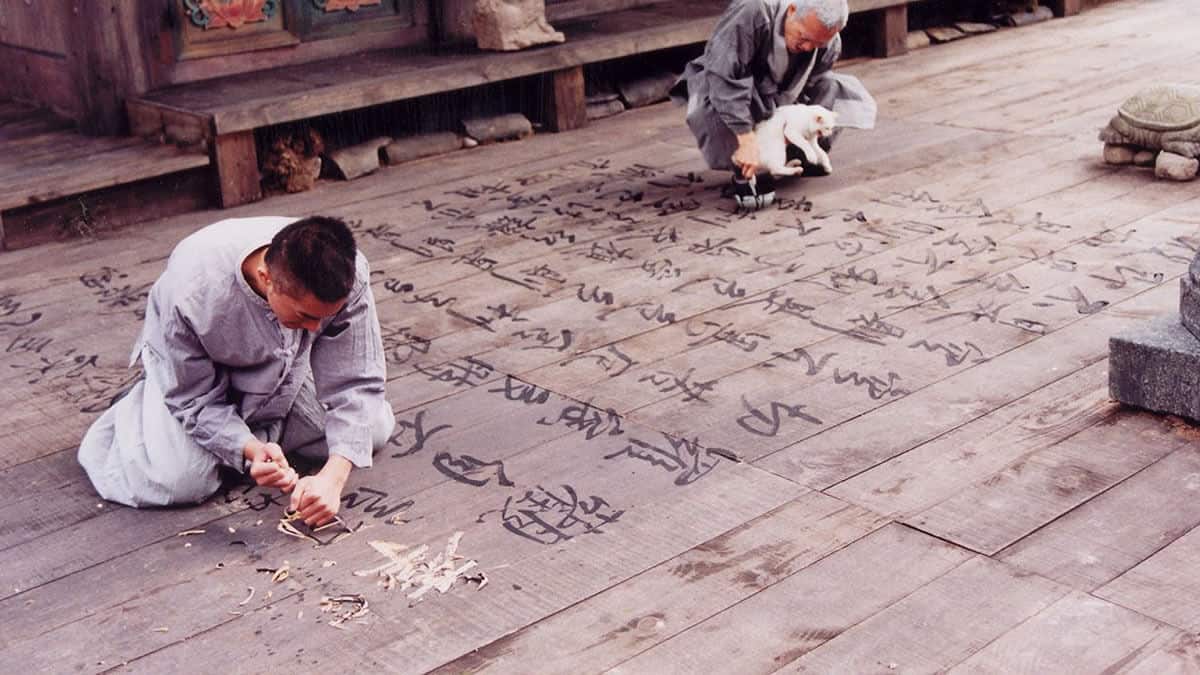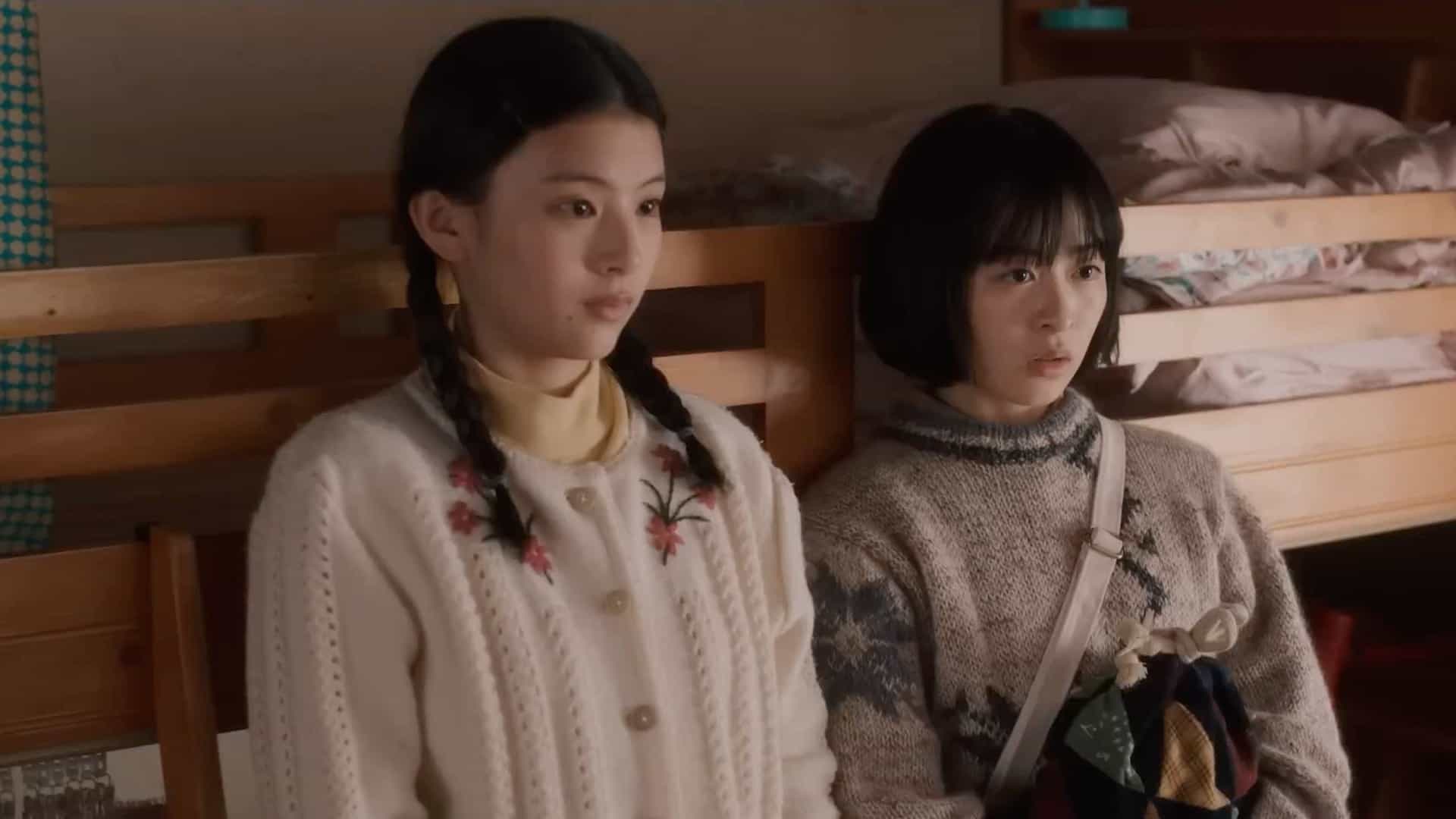“Water Station” was first performed in 1981 by the Tenkei Gekijō Theatrical Company, based on the play of Shogo Ota. It was the first in a series of plays performed in total silence. In the version performed at InlanDimensions, Kim Seil is the director and SEAMI, a creative collective established by Kim, the group performing.
“Water Station” is screening at InlanDimensions

The focus is on a constantly dripping water faucet which seems to be placed in the middle of a junkyard of sorts, or a dystopian wasteland one could say. Various travelers stop at the faucet, others to drink water, others to wash themselves, others for no apparent reason, while a young woman, the first to appear on the stage, watches them from various angles. A young and an older man fight, although not exactly violently, for who will use the faucet first. A man who seems to choke appears next, followed by a couple with a baby. An elderly woman, a beggar and a rather extended family (or company one could say) come next. Probably the most imposing segment comes when a couple arrives, with the two of them washing themselves inside the pond underneath the faucet before they have sex, in actually the second erotic scene of the drama. Lastly, a lone mountaineer closes the collection of passersby, with the initial girl closing the play and the circle she opened in the first scene.
Essentially a series of vignettes performed in silence, although with the occasional accompaniment of music and the constant sound of the dripping faucet, “The Water Station” manages to stand out for a number of reasons. The first and most obvious one is the actual pace of the actors, who move as if in slow motion, with the practice inducing the play with a somewhat ritualistic essence, while giving more impact to their actions.
The second is a sense of hopelessness and fatalism that characterizes almost every person appearing on stage, as if they know that they are living in a world that is ending and just try to survive for as long as they can, without any particular concern for the future. This aspect also gives birth to two more, with a sense of loneliness emitted from almost every character, even including the couples and the group of people that appear at one point, who are not alone physically, but definitely appear so, emotionally. The second is that even in such a dystopian setting of hopelessness, human instincts still play a key role, with the instinct of survival presented through their need to drink water and the need for sex, or human touch if you prefer, through the two erotic scenes presented here.

All the aforementioned are stressed by both the mostly classical music, which appears in key moments throughout the play, and the excellent job in the set, with the heaps of junk appearing throughout intensifying the dystopian sense the “story” emits”. At the same time, all these objects, and the fact that various people including the initial girl hide behind them in order to watch what is happening in front of the faucet, add a very intriguing voyeuristic sense to the play, which is essentially doubled when one considers that the audience is peeking on the people peeking at others on the stage.
At 150 minutes and featuring no dialogues and minimal movement, “The Water Station” is not exactly the easiest spectacle to watch. However, Kim Seil manages to tone down and essentially eradicate this obstacle by the music, as aforementioned, by including many different people and episodes, with their coming and going giving a sense of movement to the narrative, and by the power of presentation of the events, where the slow pace actual works in favor of, giving more impact even to the slightest reaction. The initial sequence with the two men, the group of people, the couple close to the end and the lone mountaineer are the ones that stand out the most, but every single vignette here is actually quite memorable.
As such, “The Water Station” emerges as a rather captivating spectacle that retains interest from beginning to end, through its ritualistic, minimalistic, and quite powerful presentation.


